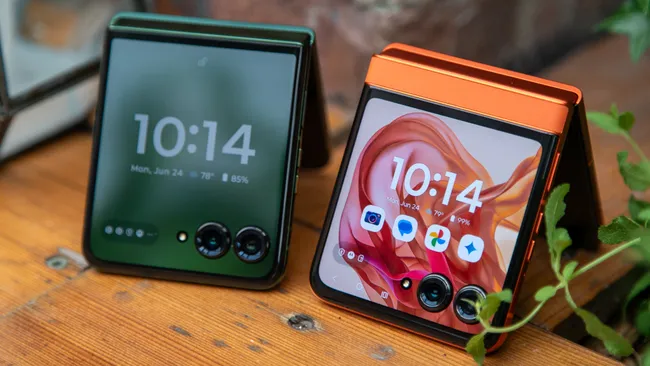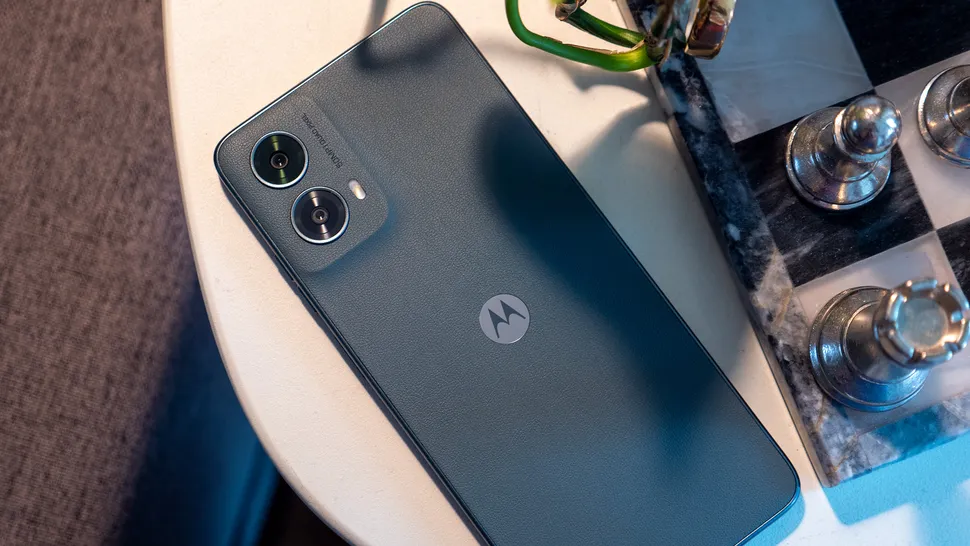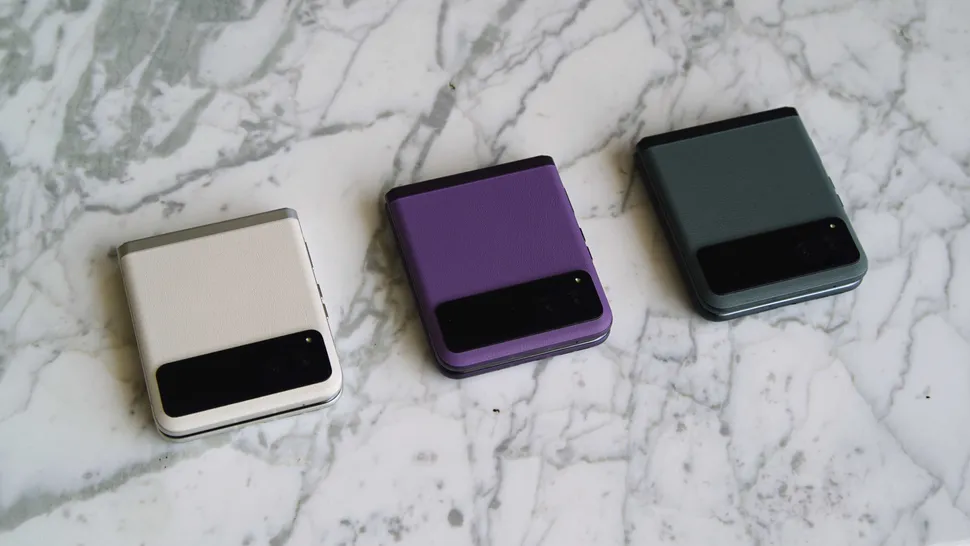This isn’t the first time a China-based phonemaker became embroiled in an international patent dispute.

Motorola’s comeback tour in the U.S. might be quickly coming to an abrupt halt. The brand, still a minor player in the overall market for thebest Android phones, found recent success with theMotorola Razr lineof budget and flagship foldables. However, a patent dispute between Sony Ericsson and Motorola Mobility (owned by Lenovo) could eliminate the availability of Motorola handsets in the U.S., according toReuters.
In an initial ruling Tuesday, Dec. 17, a judge for the U.S. International Trade Commission decided that Motorola’s phones infringe on key 5G patents held by Sony Ericsson. The smartphones in question include those in the Moto G, Edge, and Razr lineups. If the initial ruling by the ITC stands, imports of Motorola phones in the U.S. could be banned, all but eliminating their availability.
The ITC will issue a final ruling in April 2025, and if its initial decision is upheld, a ban on Motorola phones in the U.S. is likely to happen. That would have ripple effects throughout the U.S. market, because Lenovo made up 14% of the country’s mobile market share as of Q3 2024, according toCounterpoint Research. Crucially, some of the brand’s most successful smartphones are involved in the dispute.

Motorola’s absence would leave a hole in the market, notably where clamshell foldables are concerned. There simply isn’t another player making affordable foldables in the U.S. like Motorola did with the Razr 2023 and Razr 2024. It’s possible that instead of elevating a growing brand like OnePlus, a ban on Motorola phones would just make the big three of Apple, Samsung, and Google even more dominant.
In November 2024, one industry report indicated thata major competitor in the foldable market was considering an exit. Entering 2025, we could be down at least one foldable manufacturer if that report turns out to be accurate. Motorola could represent another, and it’s possible that no one steps up to replace it. We could be back where we started, with Samsung as the only major clamshell foldable manufacturer and no need to innovate due to a lack of competition.
It seems like patent disputes in the mobile sector are becoming increasingly common.OPPO and Vivo recently ended a dispute with Nokiaabout 5G patents, andOnePlus is now in hot water again in Germanyover a similar issue. While it’s great that brands are being held accountable for their use of patents, it’s a shame that these decisions only decrease the number of phones that are available for consumers.
>>>SNN5517A Battery for Motorola V2188 3688 998 L2000
Motorola phones could be banned: How we got here
If that sounds familiar, it should. In recent years, multiple Chinese brands have become involved in patent disputes surrounding their uses of 5G technology in smartphones. Notably, Motorola itself is fighting the same battle with Sony Ericsson in multiple markets. Initial court decisions in Brazil and Columbia already ruled in favor of Sony Ericsson, and more legal battles are taking place in South America and the United Kingdom, per Reuters.
How did we get here? The tide started to turn in Sony Ericsson’s favor earlier this month when an ITC judge rejected Motorola’s best defense against the patent infringement claims. Motorola said that a 2011 license agreement between it and Sony Ericsson covered use of Ericsson technology inMoto G,Edge, and Razr phones. In other words, the company isn’t denying it used the technology — it’s arguing that it was allowed to.
>>>QV45 Battery for Motorola X50 Ultra XT2401-2
The problem with Motorola’s claim is that the 2011 agreement was penned ages ago, before the company was sold to Google and then soldagainto Lenovo. More importantly, a clause in the licensing agreement explained that Motorola would be able to use the licensed technology in “commercially reasonable updates or extensions of such Licensed products.” The ITC judge ruled in favor of Ericsson, tossing aside Motorola’s argument on the basis that none of the three phone lineups in question even existed at the time the 2011 agreement was reached (viaIP Fray).

Motorola could explore other legal avenues to block the move — lawyers for Lenovo previously argued that the licensing agreement was covered by U.K. law, and suggested that the ITC should wait for U.K. courts to rule before issuing its own ruling. Of course, in light of the ITC’s preliminary decision, that didn’t happen. And if the ITC’s ruling is upheld, Motorola phones could be off the shelves for the foreseeable future.